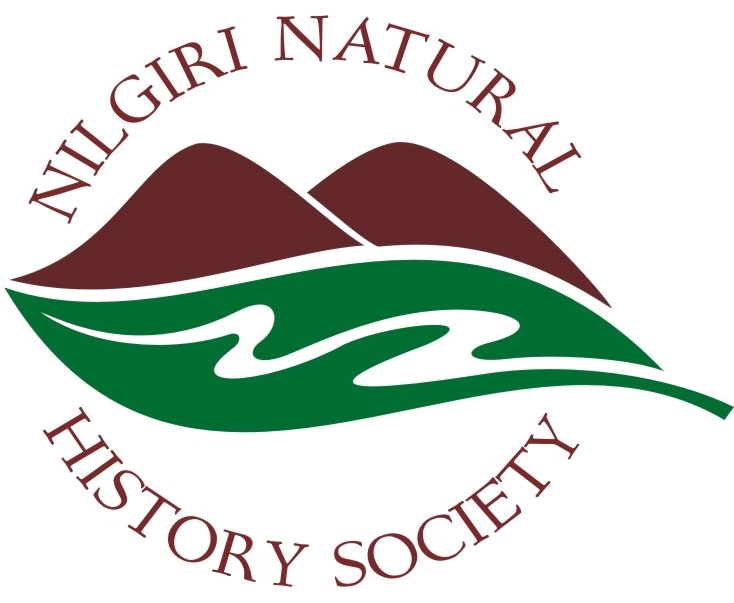25th July, 2019, Facilitator – Sharada Ramadass (NNHS)
Bright, cheerful and eager faces of 10-12 year olds greeted the NNHS co-ordinator during this first engagement (of many to come) with the school to initiate the young minds into birding and bird watching. The first session was classroom based with an attempt to bring out the students understanding of birds around them.
The event was conducted in two sessions for Tamizh medium and English medium students, to facilitate effective exchange of information and ideas. The students were split into groups and asked to choose a bird name for their respective groups. The session then navigated the world of birds through these birds they had chosen for themselves, building upon their familiarity with these names. An interactive session where the students built a mind map of the birds – where they had seen them (place, location), and what the birds were doing. This built the foundation for the next level of discussion with respect to preferred habitats and food types of the birds.
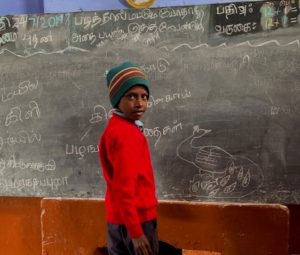
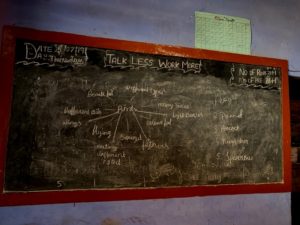 The kids were quick to relate birds spotted near water to fish as food, or birds seen around farms to grains as food. However, some of their birds came from popular lore and they were quite stumped when it came to where these birds might be seen. This emphasized the importance of bird observation – why it matters where you see your bird and was readily acknowledged by the children.
The kids were quick to relate birds spotted near water to fish as food, or birds seen around farms to grains as food. However, some of their birds came from popular lore and they were quite stumped when it came to where these birds might be seen. This emphasized the importance of bird observation – why it matters where you see your bird and was readily acknowledged by the children.
This was followed by an activity session where the children were made to identify birds from bird calls. Suddenly the classroom was hushed into silence as the students strained their ear, and minds to find the birds. It was evident that some of them were a lot more observant, as they were able to identify some of the calls, such as those of the kingfisher and the bulbul. Other birds left them asking for more, making them understand how important it was to listen to bird calls.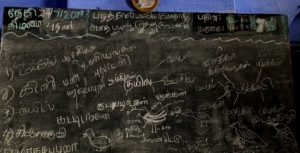
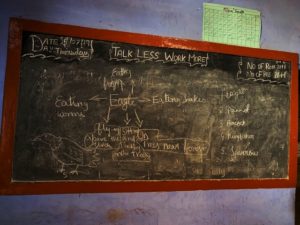 The children were then introduced to another ‘show and tell’ game where flash cards of birds around the area were shown and the students had to guess the names. Again, the importance of observation was driven home when students confused birds such as the hoopoe with the woodpecker.
The children were then introduced to another ‘show and tell’ game where flash cards of birds around the area were shown and the students had to guess the names. Again, the importance of observation was driven home when students confused birds such as the hoopoe with the woodpecker.
The sessions concluded with the students preparing a list of how to do birding (key aspects to keep in mind, such as maintaining silence, keen observation, field diaries, field guides) and what to look for, to help in identification (size, shape, colours, patterns, habitat, behavior). As we closed the session, the only resounding question the students had was, “when can we go birding?”
So wait and watch as our young birders venture out to know more about the wonderful birds of Nilgiris. And you might also get to know a thing or two, about our feathered friends too!
Flash cards and bird call resource credits: www.early-bird.in/resources
